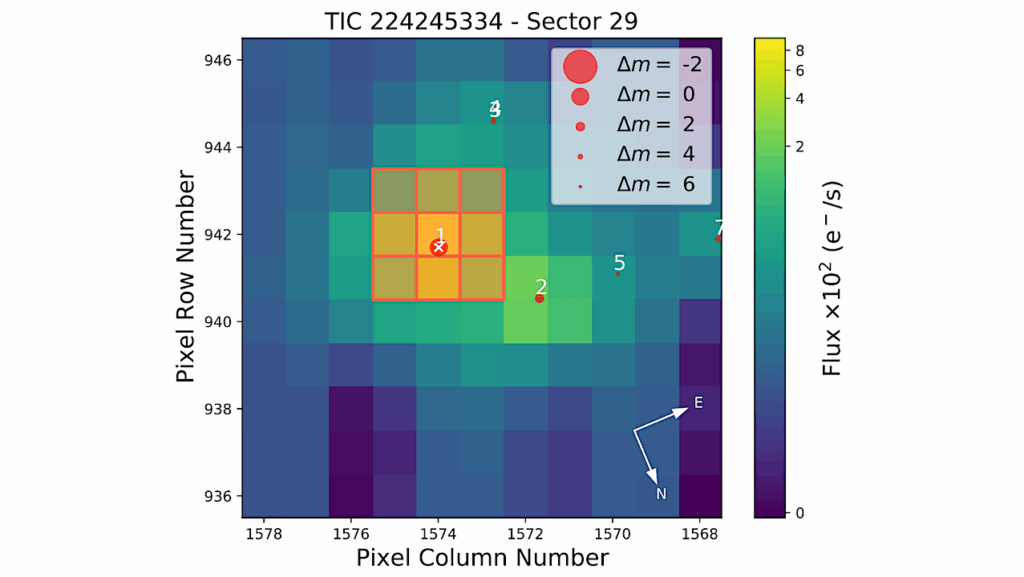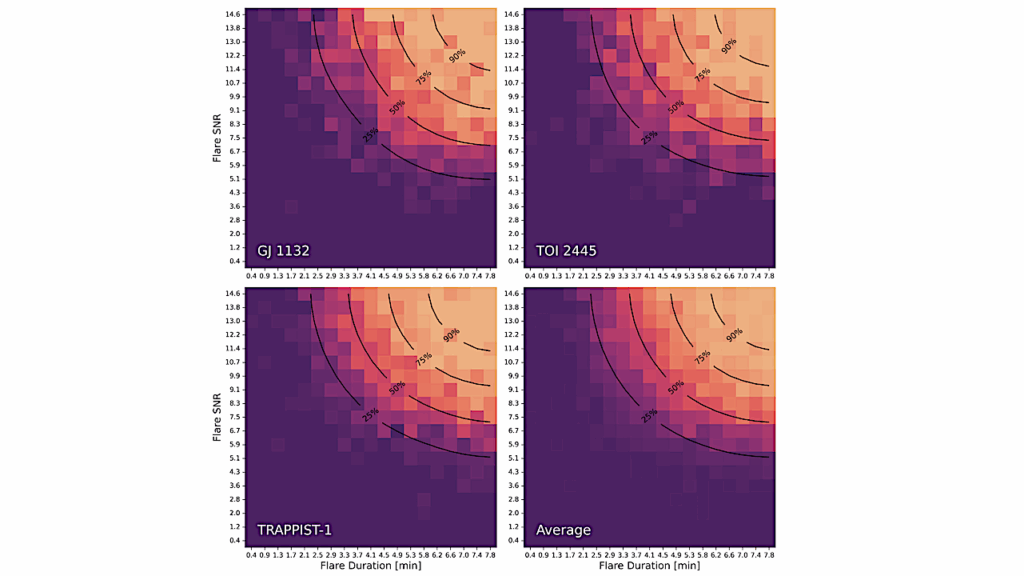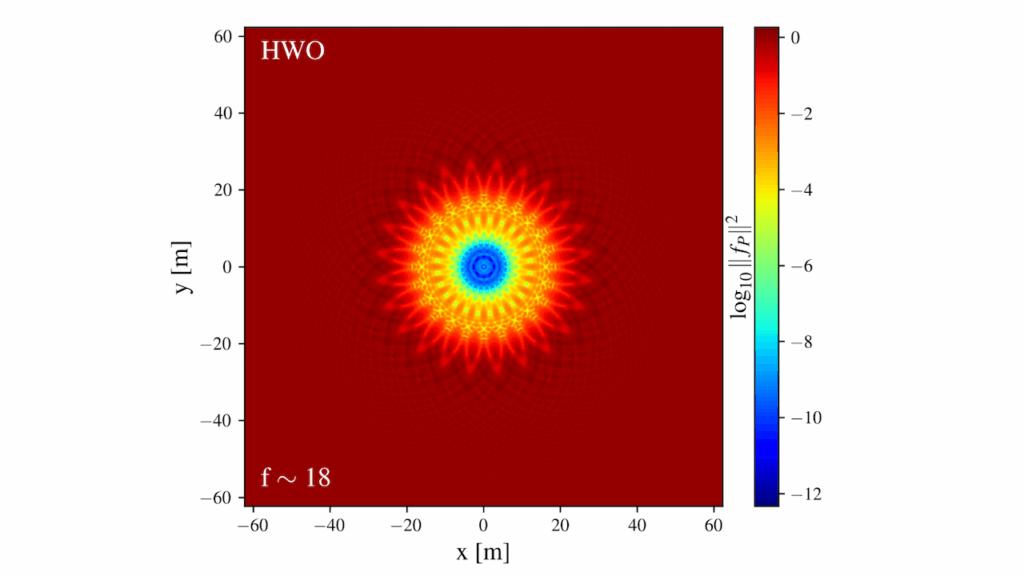Predicting The Galactic Population Of Free-floating Planets From Realistic Initial Conditions

We present the first prediction for the mass distribution function of Galactic free-floating planets (FFPs) that aims to accurately include the relative contributions of multiple formation pathways and stellar populations.
We derive our predicted distribution from dedicated simulations of planet birth, growth, migration, and ejection around circumbinary systems and extend these results to also include the contributions from single and wide binary systems.
Our resulting FFP mass distribution shows several distinct features, including a strong peak at ∼8M⊕ arising from the transition between pebble and gas accretion regimes and a trough at ∼1M⊕ due to the shift in the dominant ejection process from planet-planet scattering to ejection through interactions with stars in circumbinary systems.
We find that interactions with the central binary in close circumbinary systems are likely the dominant progenitor for FFPs more massive than Earth, leading to a steep power-law dependence in mass that agrees well with existing observations. In contrast, we find planet-planet scattering events in single and wide binary systems likely produce the majority of planets at Mars mass and below, resulting in a shallower power-law dependence.
Our results suggest that existing extrapolations into the sub-terrestrial mass range may significantly overestimate the true FFP abundance. The features we predict in the mass distribution of FFPs will be detectable by upcoming space-based microlensing surveys and, if observed, will provide key insight into the origins of FFPs and the environments in which they form.
The number distribution of ejected planets per star for the galactic population as a function of mass, binned over 0.2 dex. The distributions are shown for planets originating in circumbinary (blue), single star (red), and ultra wide binary (ab > 300 au, yellow) star systems. A combination of these is shown by the purple line. — astro-ph.EP
Gavin A. L. Coleman, William DeRocco
Comments: Submitted to MNRAS. 10 pages, 4 figures
Subjects: Earth and Planetary Astrophysics (astro-ph.EP); Astrophysics of Galaxies (astro-ph.GA); Solar and Stellar Astrophysics (astro-ph.SR)
Cite as: arXiv:2407.05992 [astro-ph.EP] (or arXiv:2407.05992v1 [astro-ph.EP] for this version)
https://doi.org/10.48550/arXiv.2407.05992
Focus to learn more
Submission history
From: Gavin Coleman
[v1] Mon, 8 Jul 2024 14:39:17 UTC (751 KB)
https://arxiv.org/abs/2407.05992
Astrobiology,








